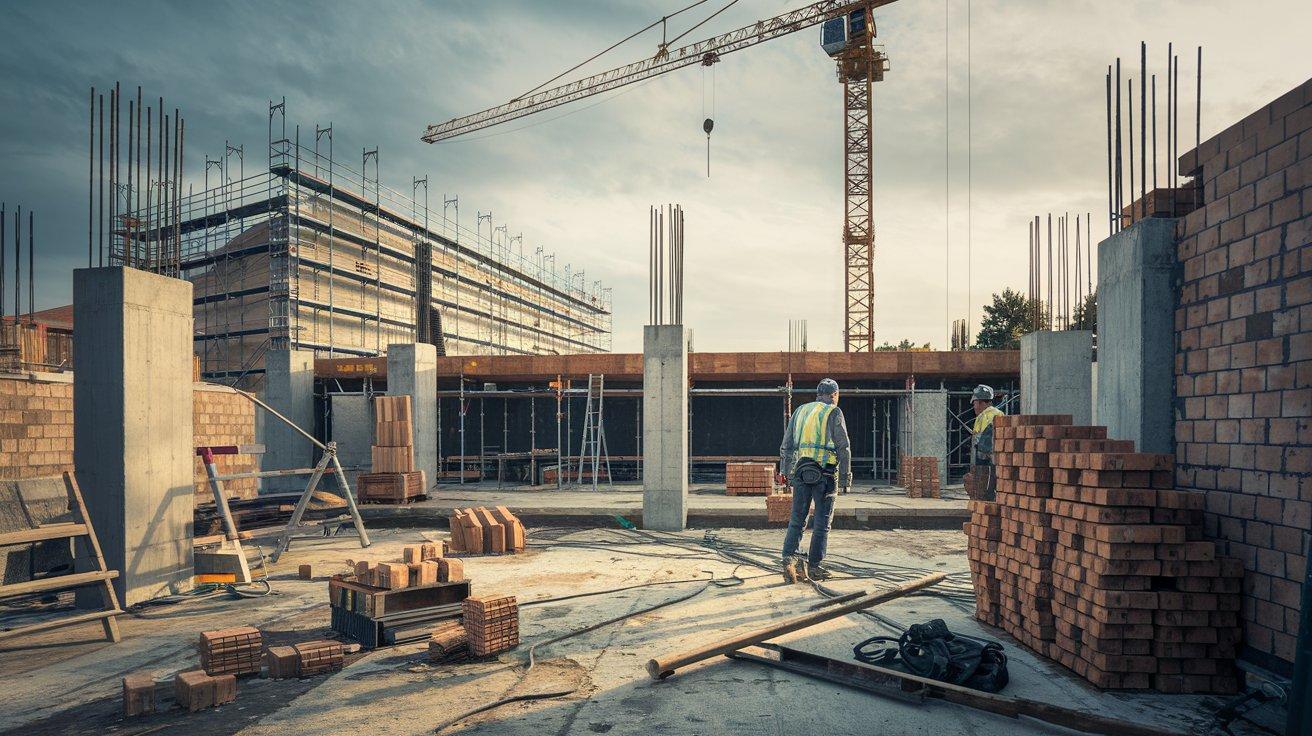Explore Real-Time Collaboration in FF&E Specification Software

Introduction: The New Frontier of Interior Design is Live and Connected
In the fast-evolving world of interior design, timing and teamwork are everything. Whether you're designing a boutique hotel, renovating a coworking space, or rolling out a national retail concept, the ability for your team to stay aligned, updated, and responsive can make or break a project. Enter real-time collaboration, a game-changing capability now embedded in the smartest FF&E specification software.
FF&E, furniture, fixtures, and equipment, may be the final layer of a project, but it’s one of the most complex. Selections must satisfy the aesthetic vision, adhere to budgets, meet code requirements, and arrive on time. Add in a rotating cast of stakeholders, designers, specifiers, procurement teams, project managers, clients, and you’ve got a highly orchestrated process with little room for missteps.
Real-time collaboration transforms this process. Instead of working in isolated silos, teams can interact with the same data, in the same system, at the same time. It’s not just efficient, it’s revolutionary. This article explores how FF&E software with real-time collaboration empowers interior teams to move faster, stay in sync, and deliver better outcomes.
Why Traditional Specification Workflows Break Down
Information Gaps and Version Chaos
Most teams still rely on spreadsheets, PDFs, or outdated software tools to manage FF&E specifications. These documents are static and manually updated, meaning by the time someone receives them, they’re often out of date. When files are shared over email or buried in cloud folders, confusion is inevitable.
A typical scenario:
-
A designer updates an item spec on their local sheet
-
Procurement receives an outdated version
-
The item gets ordered incorrectly or delayed
-
Costly rework or project delays ensue
Siloed Work Creates Friction
Without a unified interior design specification software, different departments manage their own workflows independently. While each team is trying to do its job, they often operate in conflict, duplication of work, miscommunication, and frustrating lags.
These aren’t just workflow issues; they’re business risks. They cost time, money, and trust.
What Real-Time Collaboration in FF&E Software Looks Like
A Shared, Centralized Source of Truth
With cloud-based FF&E specification software, everyone on the project team accesses the same live data. When a designer updates a product, that change is reflected across all user views instantly. There’s no ambiguity about what’s current.
This real-time visibility includes:
-
Product specs
-
Budget status
-
Lead times
-
Vendor contact information
-
Change logs and version history
It’s a furniture specification software solution that goes beyond listing SKUs, it enables intelligent decision-making.
Multi-User Editing and Live Collaboration
Think Google Docs, but for complex design specifications. Leading platforms allow multiple users to edit simultaneously while tracking changes and retaining version history. That means:
-
Designers can build selections
-
Specifiers can input technical data
-
Procurement can track order readiness
-
Managers can oversee approval flows
All within the same project dashboard, in real time.
In-App Communication and Approvals
When teams can comment directly on product entries, attach supporting files, or request approvals without leaving the software, collaboration becomes effortless. No more chasing down feedback in cluttered email threads.
This is particularly useful for hospitality industry FF&E solutions, where multiple stakeholders across firms and continents need to stay in step.
The Collaborative Power of Integration
Linking Design Platforms with Specification Software
Top interior design software platforms now integrate directly with tools like Revit, AutoCAD, and SketchUp. These integrations create a two-way street between design and specification.
For example:
-
An item placed in a Revit model is automatically added to the FF&E schedule
-
Product changes made in the spec tool can trigger updates in the model
-
Room-by-room reports sync with actual design intent
This kind of interoperability doesn’t just save time, it ensures alignment between what’s drawn, what’s specified, and what’s installed.
Connecting to Procurement and Vendor Platforms
The best interior design procurement software also offers connections to vendor databases, product catalogs, and quote systems. This allows teams to:
-
Check availability and lead times instantly
-
Compare prices and track budgets
-
Streamline RFQs and purchase orders
Rather than toggling between systems, the software becomes a bridge between design vision and execution.
Who Benefits from Real-Time Collaboration, and How
Design Firms
Small studios and large firms alike benefit from shared visibility and centralized documentation. Teams can scale without sacrificing control or clarity. The best interior design specification software allows every member to stay aligned, even across multiple concurrent projects.
Procurement Teams
Accurate, up-to-date specifications mean fewer errors, faster approvals, and smarter purchasing. Procurement no longer needs to track down specs, they're built into the process.
Project Managers
With access to live schedules, budget tracking, and change logs, PMs can manage more confidently and proactively. Risks are identified early. Bottlenecks are easier to resolve.
Clients
Clients gain transparent, real-time insight into what’s being selected, how budgets are evolving, and what’s coming next. That level of clarity builds trust, and keeps approval cycles moving.
Real-Time Collaboration in Action
Use Case: Boutique Hotel Rollout
A hospitality group is launching five boutique hotels across three cities. Each property shares core design themes but has localized variations. Designers, FF&E specifiers, and purchasing agents work from different offices.
With traditional methods, managing these specs would be chaotic. But with a collaborative FF&E software:
-
The design team builds global and property-specific product libraries
-
Procurement tracks vendor availability and pricing across markets
-
Project managers maintain progress dashboards per site
-
Stakeholders log in to approve selections and comment on alternatives
The result? Faster delivery, consistent brand identity, and fewer costly surprises.
Use Case: Residential Design Studio
A high-end residential studio with a lean team uses specification software to manage projects from concept to install. Real-time updates help them:
-
Document selections visually and technically at once
-
Share room-by-room item breakdowns with vendors and contractors
-
Handle last-minute substitutions with total clarity
Even with a compact team, they operate at an enterprise level, with fewer headaches.
What to Look for in a Collaborative Specification Platform
1. Cloud-Based Infrastructure
True real-time functionality requires cloud access, no more local files or manual syncing.
2. Role-Based Permissions
Not everyone needs editing access. Look for furniture management software that supports role-based views and controls.
3. Communication Features
Built-in commenting, task assignment, and approval workflows make life easier, and reduce the number of tools you need to juggle.
4. Visual + Data Integration
The best interior design software isn’t just a database, it allows visual boards, tag-based sorting, and image-rich presentations.
5. Integration-Ready Architecture
Does the software play well with others? Make sure it connects with Revit, procurement tools, and catalog APIs.
Conclusion: From Chaos to Cohesion, Instantly
The future of FF&E isn't just digital, it’s collaborative, dynamic, and deeply integrated. Real-time collaboration in FF&E specification software allows interior design professionals to move from reactive to proactive, from isolated to interconnected, from overwhelmed to in control.
Whether you're sourcing luxury seating for a hotel lobby or coordinating a residential refresh, the ability to share decisions live, update specs instantly, and keep everyone aligned is the difference between a good process and a great one.
The best design outcomes happen when everyone works from the same page, and now, thanks to real-time collaboration, that page is always current, clear, and connected.
- Art
- Causes
- Best Offers
- Crafts
- Dance
- Drinks
- Film
- Fitness
- Food
- Spiele
- Festival
- Gardening
- Health
- Startseite
- Literature
- Music
- Networking
- Andere
- Party
- Religion
- Shopping
- Sports
- Theater
- Wellness



